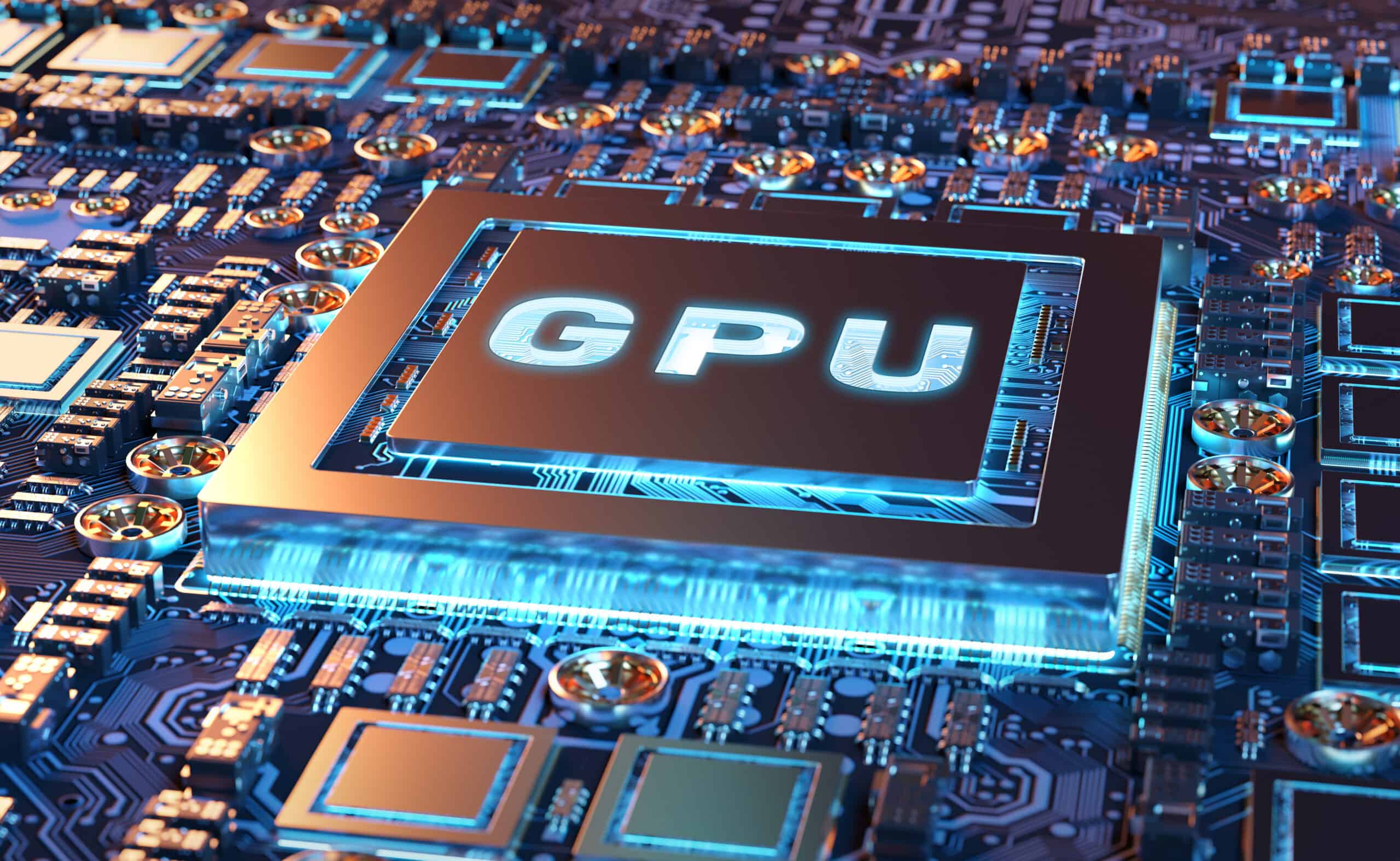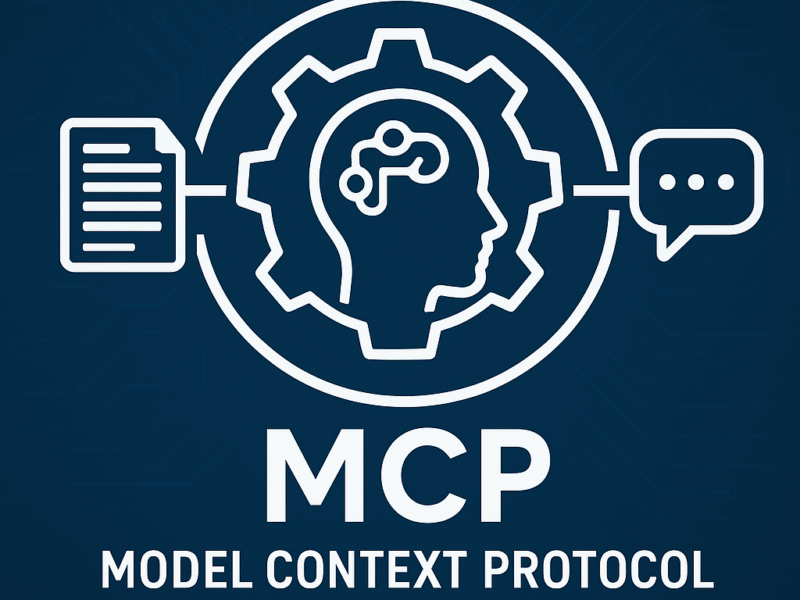
Graphic Processing Units (GPUs), commonly known as video cards, have become a cornerstone in the field of artificial intelligence (AI), playing a crucial role in accelerating computation and enabling breakthroughs across machine learning, deep learning, and data-intensive tasks. Here’s why they are so important:
Why GPUs Are Essential for AI Activities
Artificial Intelligence involves processing vast amounts of data and performing complex mathematical operations—especially during model training. Traditional CPUs (Central Processing Units), while versatile and capable, are not optimized for the highly parallel tasks common in AI workloads. This is where GPUs come in.
1. Parallel Processing Power
GPUs are designed to handle thousands of tasks simultaneously. While a CPU may have a few powerful cores optimized for sequential operations, a modern GPU can have thousands of smaller, efficient cores designed for parallelism. This structure is perfect for AI, where the same operation (like matrix multiplication) needs to be applied to large volumes of data at once.
2. Accelerated Training of Deep Learning Models
Training AI models, particularly deep neural networks, requires running millions—or even billions—of operations repeatedly. GPUs drastically reduce the time required for this by distributing these computations across many cores. What might take days on a CPU can often be completed in hours or even minutes on a GPU.
3. Efficient Matrix and Tensor Computations
At the heart of most AI algorithms are tensors—multi-dimensional arrays of data. Operations on these tensors, such as convolutions in neural networks, are computationally heavy. GPUs are architected specifically to handle these kinds of mathematical tasks efficiently, especially with frameworks like CUDA (by NVIDIA) and ROCm (by AMD) providing low-level control for developers.
4. Real-Time AI Applications
For tasks that require instant responses—like self-driving cars, video processing, or real-time language translation—GPUs are indispensable. Their ability to process data quickly and in parallel makes real-time inference (the use of trained models to make predictions) viable and reliable.
5. Scalability and Multi-GPU Support
GPUs are not only powerful individually—they can also be scaled up. Many modern AI systems use clusters of GPUs working together to train massive models like GPT, LLaMA, or Stable Diffusion. These setups allow for distributed training across GPUs, enabling researchers and companies to push the limits of AI development.
Conclusion
GPUs are not just for gaming anymore. Their architecture is uniquely suited to the needs of AI, providing the high throughput, parallelism, and computational efficiency required to train and run sophisticated models. As AI continues to evolve, so too will the demand for more powerful and efficient GPU hardware, solidifying its place as a central component of the AI revolution.

